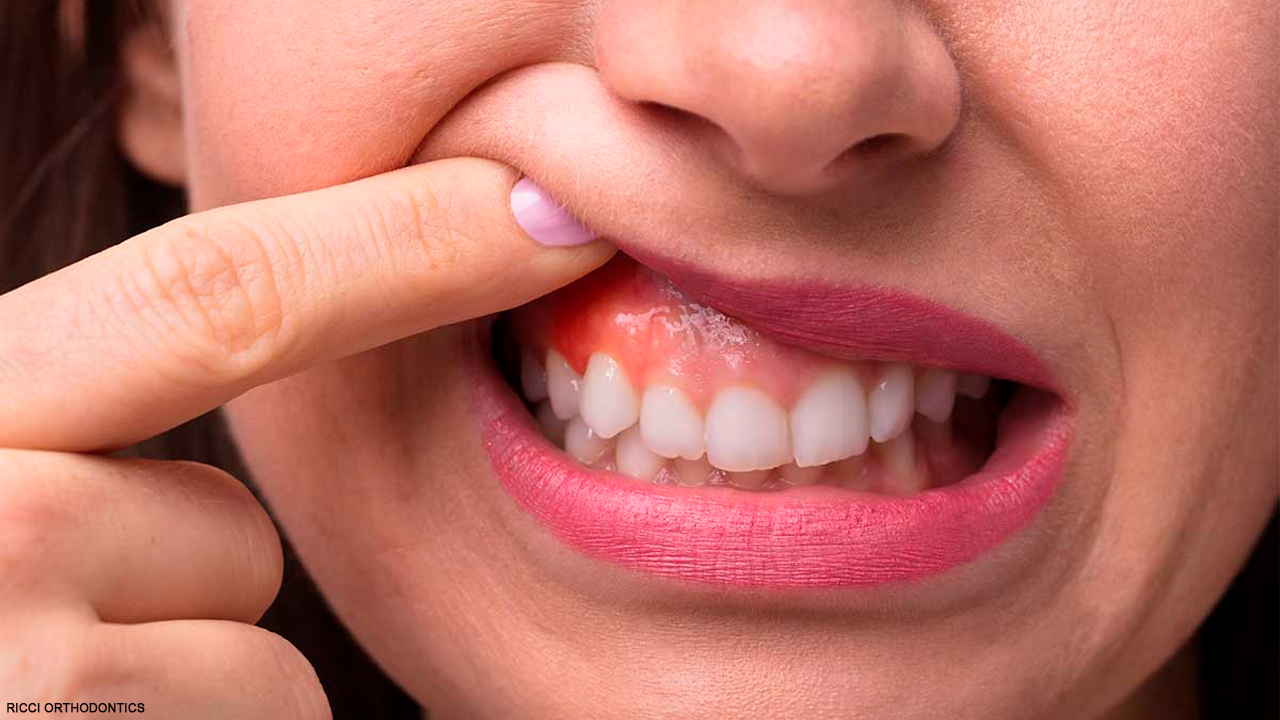Oral cancer can appear anywhere in the mouth. This includes the inside of cheeks and the gums. Oropharyngeal cancer affects the back of the mouth and lining of the throat. Incidence of the cancer
According to the American Cancer Society (ACS), around 53000 Americans will receive a diagnosis of oral and oropharyngeal cancer in 2020. The average age of diagnosis is 62 years. However, 25% of cases happen before the age of 55 as per the research conducted by the ACS. The disease is more prone in males than females as per the habits.
Symptoms of the cancer
In early stages, there are often no signs or symptoms of oral cancer. However, the incidence is prevalent among the smokers and heavy drinkers. Those who are prone to alcohol and tobacco are at higher risk of mouth cancer. Your specialist will be able to diagnose the signs and symptoms easily.
Precancer
The signs of precancer include the following-
- Leukoplakia - white patches in the mouth which do not disappear as the patient rubs them
- Oral lichen planus- ulcerative reddish white lines
Many oral lesions are pre cancerous. This does not mean that someone has cancer. Monitoring changes in spot mouth cancer in early stages is easier to treat.
Symptoms of oral cancer
If cancer develops, you may notice certain signs and symptoms which are as follows -
- Reddish patches on the lining of mouth or tongue
- Bleeding of lesion from the mouth
- Pain in the mouth
- Numbness of mouth
- Mouth sores and ulcers which do not heal
- A lump or thickening of the gums
- Poorly fitting dentures
- Loose teeth with no apparent reason
- Swelling of jaw
- Difficulty chewing or swallowing
- Difficulty moving tongue and jaw
- Sore throat
Having these symptoms does not mean that you have cancer of the mouth. You need a doctor’s diagnosis to confirm the same.

 Oral cancer is very common and prevalent in India due to the usage of the tobbacco and smoking. Learn in detail about oral cancer symptoms. Having awareness about oral cancer can help eliminate the problem.
Oral cancer is very common and prevalent in India due to the usage of the tobbacco and smoking. Learn in detail about oral cancer symptoms. Having awareness about oral cancer can help eliminate the problem. 









.jpeg)



.jpg)




.jpg)





.jpeg)

.jpg)


